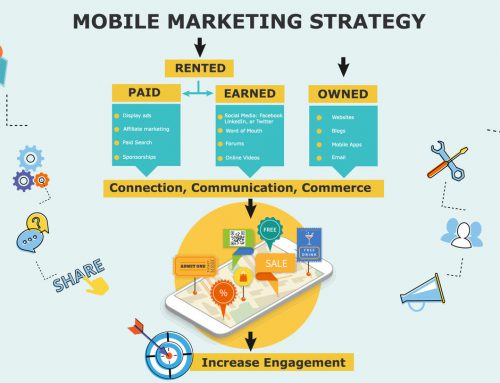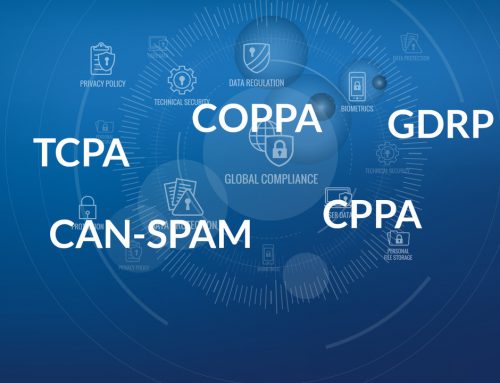Technology continues to grow and in logistics the innovations have been incredible.
“Just as the Internet’s usage continues to expand during the twenty-first century, so does its influence on the logistics discipline” (Education, 1/2018, p. 334).
In the next ten years we can only expect continued growth with increased efficiency and speed. Amazon and Tesla are great examples of how these innovations are being created and tested. Amazon is testing drones for online order fulfillment and Tesla is testing autonomous cars and trucks for delivery. “Truck platooning and autonomous trucks could be a reality by 2030. Semi-autonomous trucks will reach a penetration rate of 5 percent by 2030. Rolls Royce has announced plans to launch autonomous cargo ships (or as The Economist called it, “Ghost Ships”) by 2030. While replacing or aiding man was a critical criterion for autonomous technology in material handling, for fleets, the value of autonomy centers around fuel economy. Truck platooning, for example, could mean saving as much as 20 percent on fuel costs. While fuel is still the most overbearing influence on the assets and fleets of the industry, with all this autonomy and technology, a new influence is emerging that could have a far-reaching impact on the supply chain— Big Data, well not only Big Data, but “Good Data”.
With big data we are seeing the conversation shift from estimating the volume of data, or Big Data, to the variety and value of data. This is a useful conversation to have because an unbelievable 90 percent of data sometimes captured is pure spam. Amazon, for example, is building capabilities to cull out that spam and create predictive analytics around your shopping behavior” (Singh, 2016). With Amazon in particular, you can see the advantage that autonomous vehicles and the predictive analytics around a customer shopping behavior could be. Drones and self-driving cars for online order fulfillment would increase the speed in which the customer would receive their products. Often times Amazon has to use a third party to deliver their packages and if you use a drone or self-driving truck the advantage would be not having to deal with all the other packages a third party would need to deliver and the human aspect where workers need breaks or have other time constraints.
Predictive analytics will help to make decisions on the future purchase of products by examining the accurate accounting of historical purchases with Big Data.
References:
Education, P. (1/2018). MGT 608 – Managerial Support Systems (2018) [VitalSource Bookshelf version]. Retrieved from vbk://9781323829110 Singh, Sarwant. (Sep 22, 2016). Future of Logistics: Five Technologies That Will Self-Orchestrate the Supply Chain. Forbes. Retrieved from: https://www.forbes.com/sites/sarwantsingh/2016/09/22/future-of-logistics-5-technologies-that-will-self-orchestrate-the-supply-chain/#20d552c75a63





